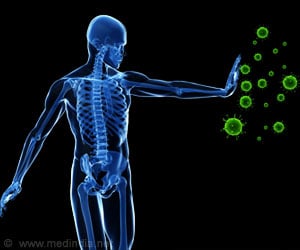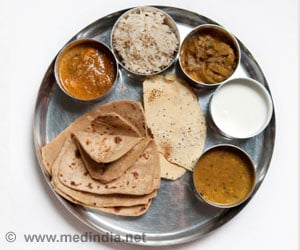The sex ratio in Haryana has shown improvement in 14 out of the state's 20 districts. State Health Minister Kartar Devi said Tuesday that statistics of registered births in the state in 2005…
The sex ratio in Haryana has shown improvement in 14 out of the state's 20 districts
State Health Minister Kartar Devi said Tuesday that statistics of registered births in the state in 2005 had shown that sex ratio in the 0-6 years age group had improved from 819 females per 1,000 males as per 2001 census to 823 females per 1,000 males.She said that 14 districts had shown an improvement in overall sex ratio compared to the findings of the 2001 census.
These included Fatehabad district - 873 females now per 1000 males (828 in census 2001), Faridabad 869 (850), Panipat 862 (809), Panchkula 856 (829), Sirsa 856 (817), Jind 856 (818), Hisar 834 (832), Kaithal 830 (791), Yamunanagar 830 (806), Rohtak 820 (799), Karnal 811 (809), Sonipat 790 (788), Ambala 790 (782) and Kurukshetra 781 (771).
The overall sex ratio in the state as per the 2001 census was 861 females per 1,000 males. This was lower than the findings of the 1991 census where the ration was 865 females per 1,000 males.
In many areas of the state, the skewed sex ratio had started having its impact with eligible bachelors unable to find suitable girls for marriage due to shortage of girls.
There have been instances where the local boys married girls from other states like Uttar Pradesh, Bihar, West Bengal and Orissa.
The districts that did not show any improvement in 2005 are Bhiwani, Gurgaon, Jhajjar, Mahendergarh and Rewari. Mewat district, the state's 20th district, was created only this year.
The minister attributed the better sex ratio to effective implementation of the Pre-Natal Diagnostic Techniques (PNDT) Act by curbing sex determination tests and also proper registration of all births and deaths in the state.
(Source: IANS)







